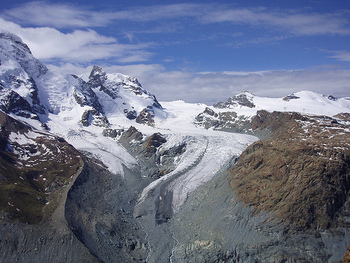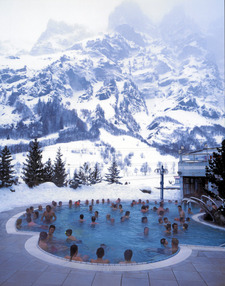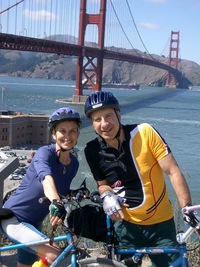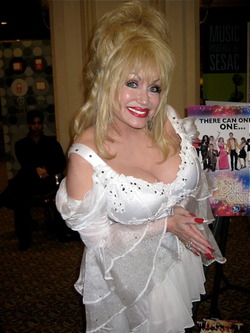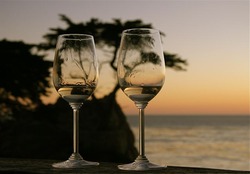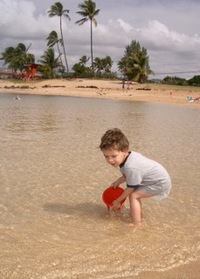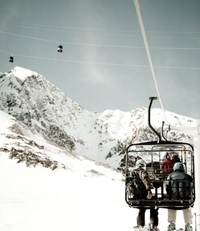by Jules Older
Travel writers aren't famous ethicists. If we aren't cavorting on some pristine beach in the Caribbean, we’re scarfing down lamb chops at some snooty restaurant in San Francisco.
But every once in awhile, we get to flex our moral muscles. And I've just come from my workout at the Ethics Gym.
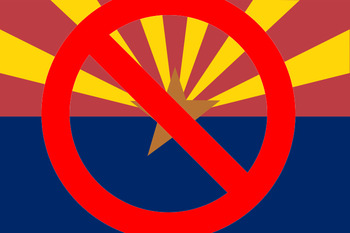 I started pumping iron when Arizona’s governor signed what the papers are calling “the most restrictive immigration bill in the country” and which I’m calling, “the Up against the wall, Brownie!” law.
I started pumping iron when Arizona’s governor signed what the papers are calling “the most restrictive immigration bill in the country” and which I’m calling, “the Up against the wall, Brownie!” law.
And heading for her signature is a second bill. This one will require American presidential candidates to prove — to the Arizona Secretary of State — that they were born in the USA. So, come next election, President Obama could be kept off the ballot in Arizona, since nothing will ever convince the hardcore that he’s not a Commie-Muslim from Kenya.
The papers call this the “birther” bill. I call it the “Klan in cowboy boots” bill.
Most of my friends agree that the law and the bill are nasty, bigoted and more in keeping with the spirit of 1910 than 2010. But since my friends don’t live in Arizona, they think there's not much they can do about it.
Oh, but I can. I'm a travel writer.


